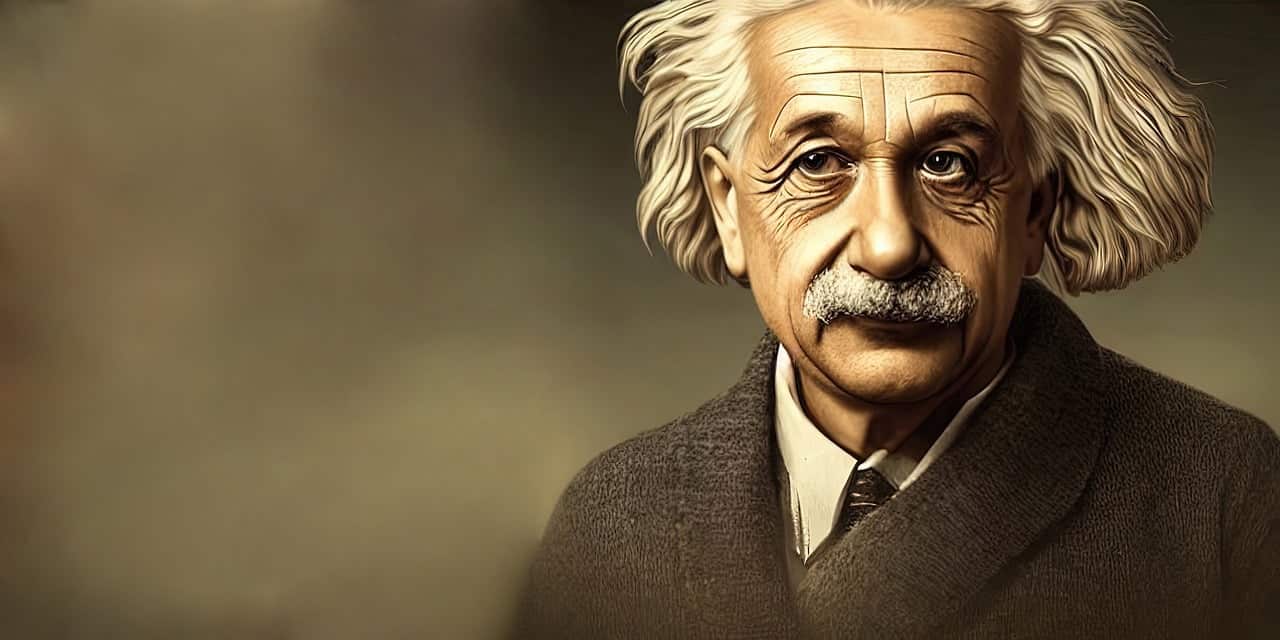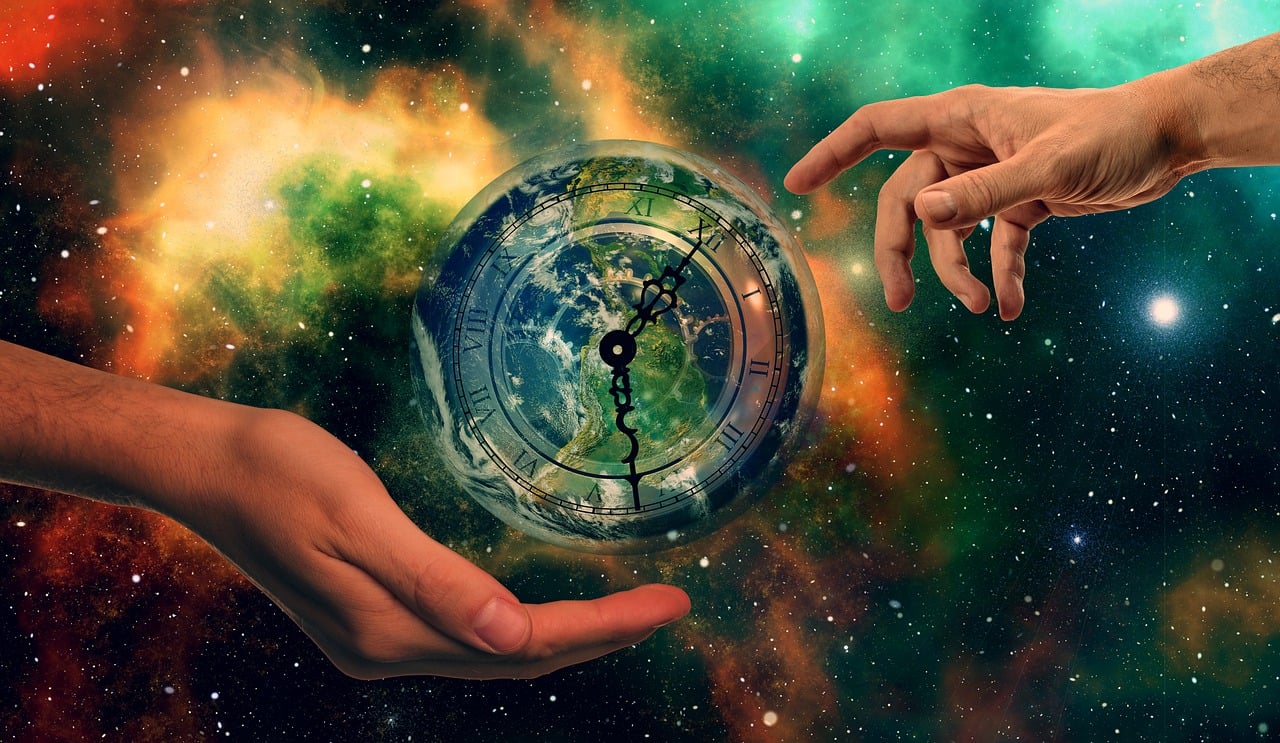
The law of inertia, the fundamental law of dynamics and the principle of action and reaction are grouped under the heading of Newton's laws.
Newton's laws are postulates that the English mathematician, physicist and theologian Isaac Newton expressed in a work he authored entitled "Philosohiae naturalis principia mathematica" (popularly known as Principia Mathematica ). These contents, key to classical mechanics , focus on the movement of a body taking into account both forces and speed. In this regard, it is worth highlighting that classical dynamics only applies to any inertial reference system.
In combination with the so-called law of universal gravitation , these principles provide the possibility of understanding and defining Kepler's laws that focus on the movement of the planets.
As he developed his research, Newton noticed the concept of mass and noted that the momentum is determined based on the product obtained by multiplying mass by velocity . Likewise, he emphasized the need to differentiate between relative and absolute character when expressing himself around movement , place, space or time .
What are Newton's laws
Below we will detail what Newton's laws are and briefly review their characteristics and applications.
The law of inertia (Newton's First Law) , for example, is useful to demonstrate that, unless some force is applied, an element, whether in motion or at rest, will not modify its state.
Formally, the statement establishes that a body maintains its stillness or its uniform rectilinear motion (MRU) unless a force exerted on it alters its condition.
The law of force and acceleration (Newton's Second Law) is also known as the fundamental law of dynamics . In this instance we talk about how the transformation of a certain movement is proportionally direct to the force that is applied to it and occurs around the straight line drawn by the aforementioned force. Simply explained, this postulate states that the acceleration of a body that is in motion is conditioned by the level of force that, at a given moment, is imposed on it with the purpose of changing its speed or its trajectory.
The law of action and reaction (Newton's Third Law) is essential to understand, among other phenomena, why when a collision occurs between two individuals who were running in opposite directions, each of them affected, after being hit by the other, it is thrown out in different directions. What does this statement indicate? Precisely that situation in the example: each action corresponds to an identical reaction but with opposite orientations. Thus, actions that involve a pair of bodies that exert forces on each other are always equal and are directed in opposite directions.

The theory of general relativity promoted by Albert Einstein , as well as Newton's laws, support the concept defined as gravity.
Connection with other physical principles and postulates
Newton's laws have connection with other physical principles and postulates.
It is related, to detail a specific case, to the conservation of momentum . In this context, the notions of shocks and collisions come into play because they describe the interactions (involving movements and energy exchanges) that occur, in a short period of time, between at least two elements. If the first of Newton's laws is considered and an isolated system with particles interacting with each other is studied with it, the conclusion is that the quantity of motion (momentum) of the system is conserved, although with the kinetic energy it is not necessarily the same thing happens. Depending on what happens with this kind of energy , it may give rise to an elastic collision or an inelastic collision .
If attention is paid to the principle of conservation of energy and analyzed from Newtonian mechanics, there will be no room, for example, for Noether's theorem , but Newton's laws will gain prominence. Evaluating systems of particles where all the forces involved arise from a potential, this postulate will be verified.

Newtonian mechanics has an associated special structure or construction of space-time that even serves to describe the gravitational field.
Case studies, scope and applications of Newton's laws
Newton's laws have multiple applications and explain, among other issues, free fall .
They are also useful in numerous case studies of a wide variety of phenomena and situations, thus achieving a wide scope.
Newton's third law , for example, is taken into consideration when investigating the force exerted on the moon by the Earth and vice versa (that is, what force the moon manages to exert on the surface of our planet), giving a equivalent result but with signs opposite to each other. Said value, the theory details, is determined based on the law of universal gravitation .
It is also important to highlight that within the field of Physics it has been baptized as newton (unit of force), in honor of Isaac and sharing a name with the laws formulated by him. This unit of measurement is part of the International System of Units (SI) and encompasses force , mass and acceleration .
Finally, it is interesting to know that Newton's laws are valuable when attention is focused on static balance , parabolic motion or friction forces , for proposing three notions related to movements .
